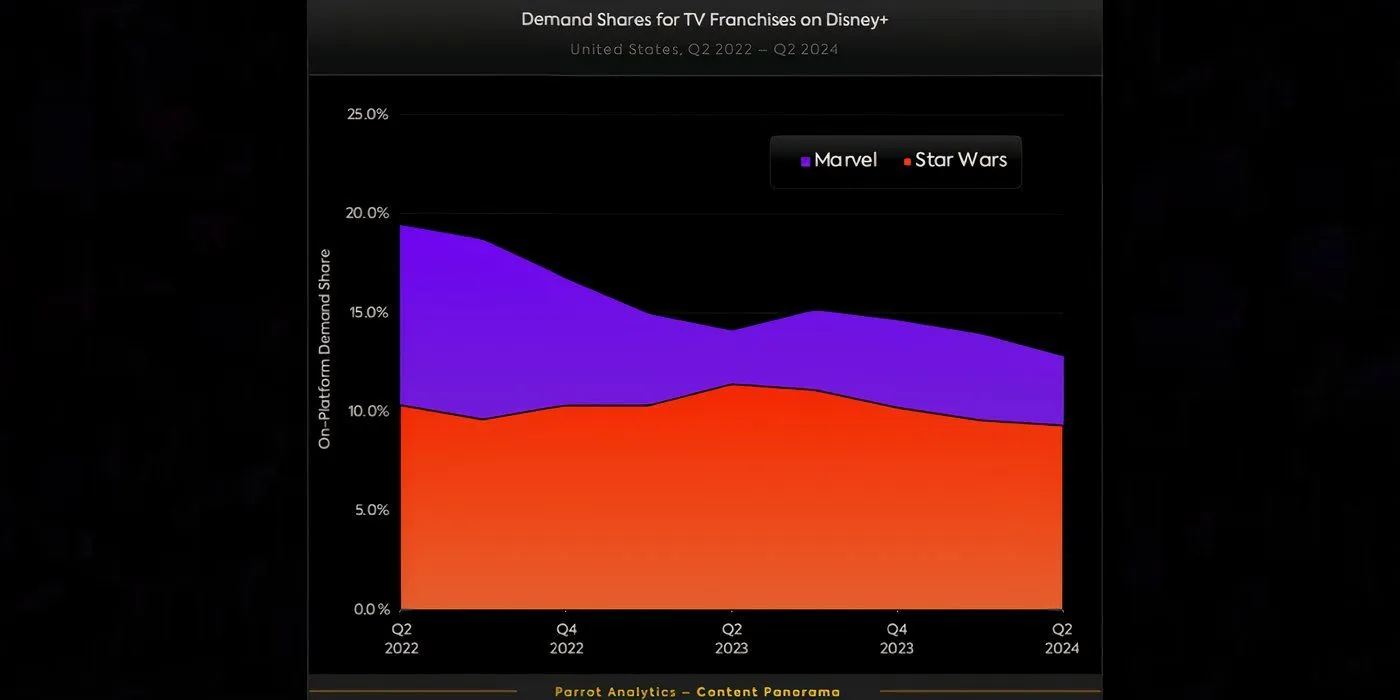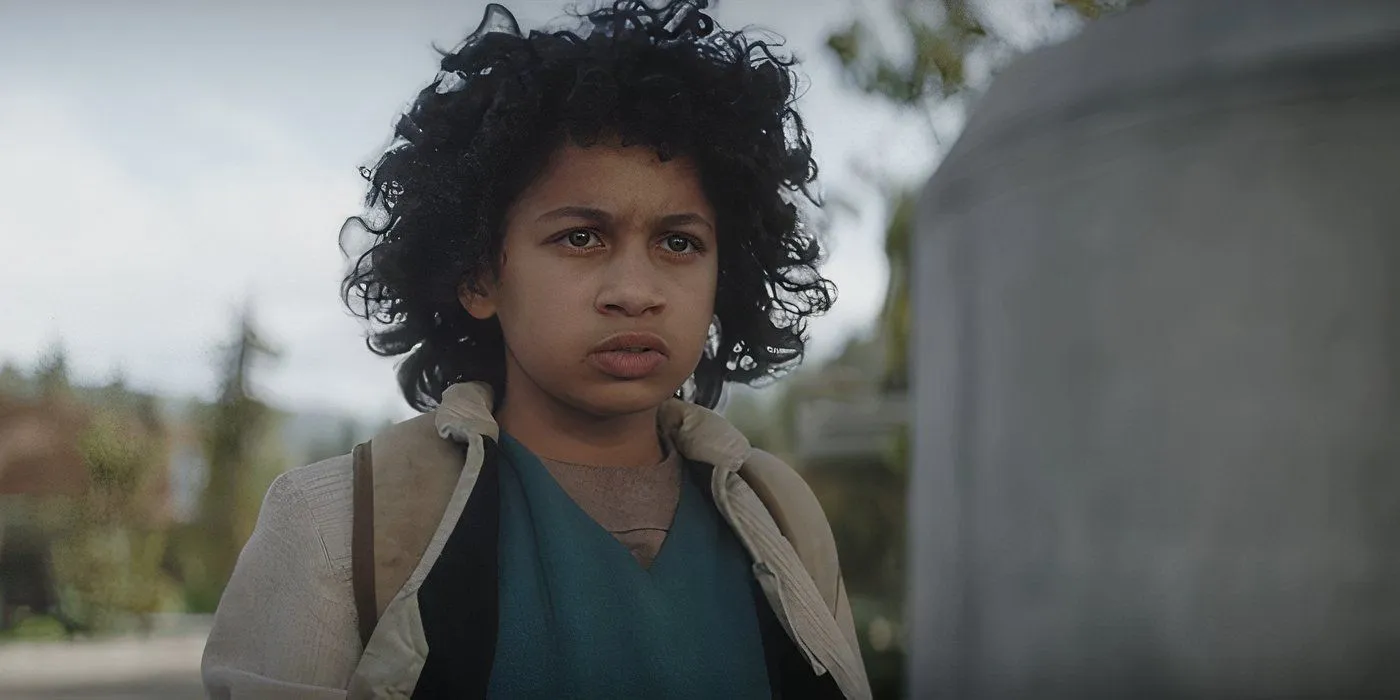
Star Wars fatigue: is it a genuine concern? This topic has ignited robust discussions within the fan community, particularly following the cancellation of The Acolyte. In a strategic shift, Lucasfilm appears to be refocusing its efforts on theatrical releases, planning to restrict live-action television productions to just one per year. However, recent third-party analytics shed light on the current state of the franchise.
Parrot Analytics, an organization specializing in measuring online demand for television programs, carried out an analysis that compares the performance of Star Wars with the Marvel Cinematic Universe (MCU) in its Q2 2024 Global Demand Report for the United States.

The findings from Parrot indicate that both franchises are experiencing declining demand, with newer shows like Ahsoka and The Acolyte failing to replicate the success of The Mandalorian. Nevertheless, it is noteworthy that the demand for Star Wars content remains relatively stable, especially compared to the MCU, which has seen a 6.6% decrease in demand over the past two years. In fact, during Q2 2024, 22.1% of demand for the Disney+ platform stemmed from Marvel and Star Wars combined, highlighting their importance despite representing only 12% of the available titles.
Insights from Parrot’s Analysis on Star Wars and Disney+
Disney Faces a Complex Balancing Act




The current landscape presents a nuanced situation for Disney. Recent series have not garnered the level of viewership necessary for success, a major factor in The Acolyte’s cancellation. Despite these challenges, Star Wars continues to maintain a relatively robust position. The year 2025 is anticipated to be favorable for Lucasfilm, particularly with the upcoming release of Andor season 2, which is expected to meet or exceed the critical acclaim received by its predecessor. However, the company must rebalance its productions towards feature films, likely impacting the performance of Disney+ in the near future.
A crucial element will be to counteract the diminishing returns seen in recent projects. Ahsoka season 2 is set to commence filming next year, and recent reports indicate that showrunner Dave Filoni is adapting his production strategy. While season 1 was heavily reliant on ILM’s advanced Stagecraft Volume technology, season 2 will incorporate a broader range of production methods. These changes are promising and may lead to improved audience reception.
Our Perspective on Star Wars Fatigue
The Future Looks Promising for Star Wars





The data from Parrot helps clarify the current status of Star Wars. There is encouraging evidence that demand remains resilient, despite the challenges Lucasfilm has encountered over the past year. The real test will be maintaining this momentum amidst a reduced output schedule. The anticipated return to theaters in 2026 with The Mandalorian & Grogu is expected to invigorate interest significantly, and it’s reasonable to speculate that Ahsoka season 2 could follow suit, intertwining with the unfolding Grand Admiral Thrawn narrative.
Additionally, it is essential to recognize that Disney is undergoing a transformation in its streaming strategy. Both Lucasfilm and Marvel are scaling back their television productions; the MCU plans to limit its offerings to two shows annually, while Star Wars will also restrict itself to one. This strategic move appears to be a response to declining demand and a push for higher quality across their franchises. Although these changes are logical, they may render Disney+ slightly more vulnerable, given the pivotal role these franchises play in attracting subscribers.
Source: Parrot Analytics




Leave a Reply